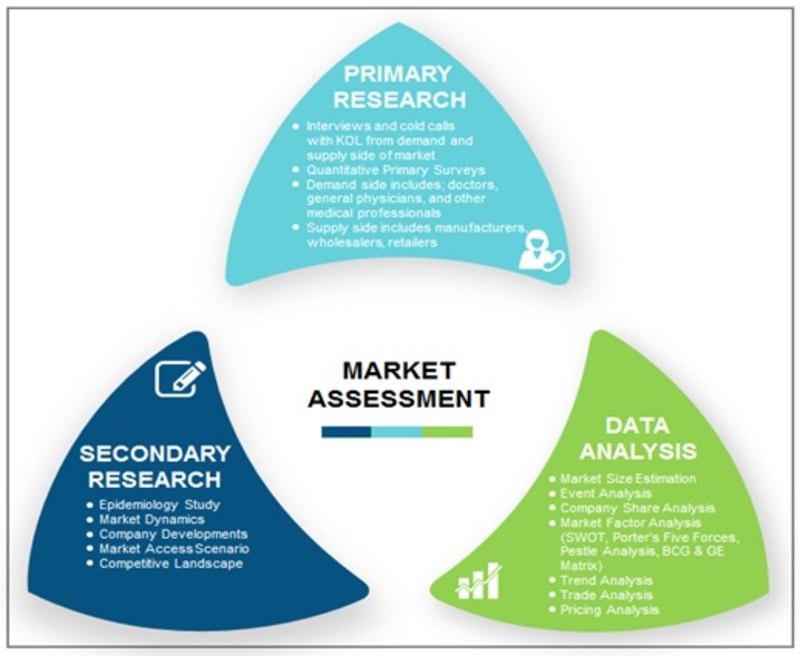Material Produce By-Key McDonough
As a moms and dad, you might question when your kid must see a pediatric optometrist. It's important to acknowledge the signs of possible vision problems, like squinting or regular headaches. You'll intend to make sure your kid obtains the right analyses at vital ages. Understanding these guidelines can aid you take aggressive steps for their aesthetic health and wellness. Yet what particular signs should you seek, and what solutions are available?
Common Indicators of Vision Issues in Kid
When you observe your youngster scrunching up your eyes, rubbing their eyes, or battling to concentrate on remote things, it could be time to consider their vision health and wellness. Pediatric Ophthalmology Practice can suggest underlying concerns that need attention.
You could also see them avoiding analysis or close-up tasks, regularly turning their head, or suffering headaches after institution. If your child appears conveniently sidetracked or has difficulty complying with relocating items, it might signal a vision problem too.
Additionally, if they frequently cover one eye or experience trouble with deepness perception, it's important to act. Being positive regarding these symptoms can lead to prompt interventions, ensuring your kid's vision establishes properly and supporting their learning and daily tasks.
Do not hesitate to seek advice from a pediatric ophthalmologist if you're worried.
Age-Specific Standards for Eye Tests
Eye tests are essential at different phases of your kid's development, and knowing when to arrange them can make a huge difference.
For babies, it's advised to have their initial eye exam at six months. This helps catch any prospective concerns early on.
As your kid approaches age 3, a thorough exam is vital to assess their vision and eye positioning.
Once they start institution, around age five or 6, ensure they've one more examination to look for vision adjustments that can influence understanding.
After https://x.com/pediatric_eyes , routine eye examinations each to two years are normally sufficient, unless your kid has particular issues or threat elements.
Remaining proactive with these guidelines assists preserve your child's aesthetic health for a life time.
Solutions for Usual Pediatric Vision Issues
Addressing usual pediatric vision problems early can dramatically boost your child's quality of life and finding out experience.
If your child has problem with nearsightedness or farsightedness, restorative glasses or call lenses can help them see plainly.
For conditions like amblyopia (lazy eye), therapies like covering the more powerful eye can improve vision in the weak one.
If your child has strabismus (gone across eyes), options like vision treatment or surgical procedure might be required to align the eyes.
Routine eye exams are necessary for monitoring these conditions and readjusting treatments as required.
Urge healthy and balanced eye behaviors, like limiting screen time and guaranteeing appropriate illumination while analysis.
Conclusion
Finally, keeping an eye on your kid's vision is essential. Bear in mind to arrange their very first eye test by 6 months, and follow up at age three and about 5 or six. If you see indications like squinting or issues of frustrations, do not wait-- speak with a pediatric eye doctor. Early discovery and customized services can make a massive distinction in your child's aesthetic health and general wellness. Do something about it currently to ensure they see the world clearly!

